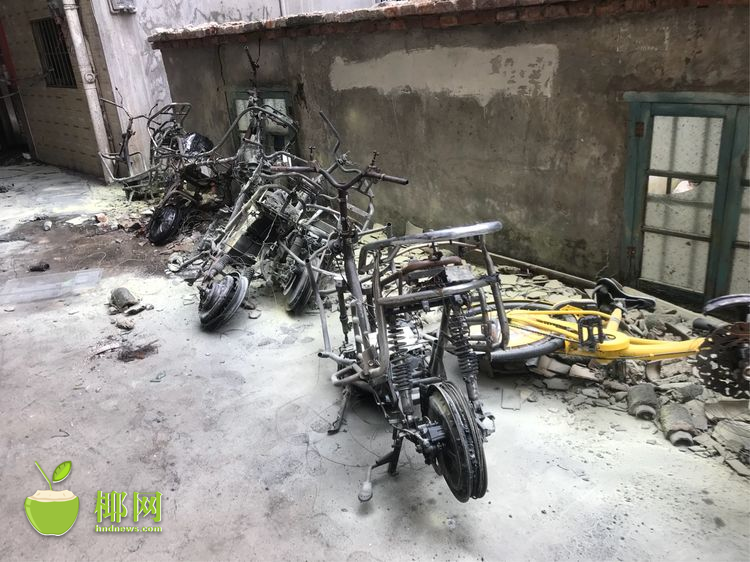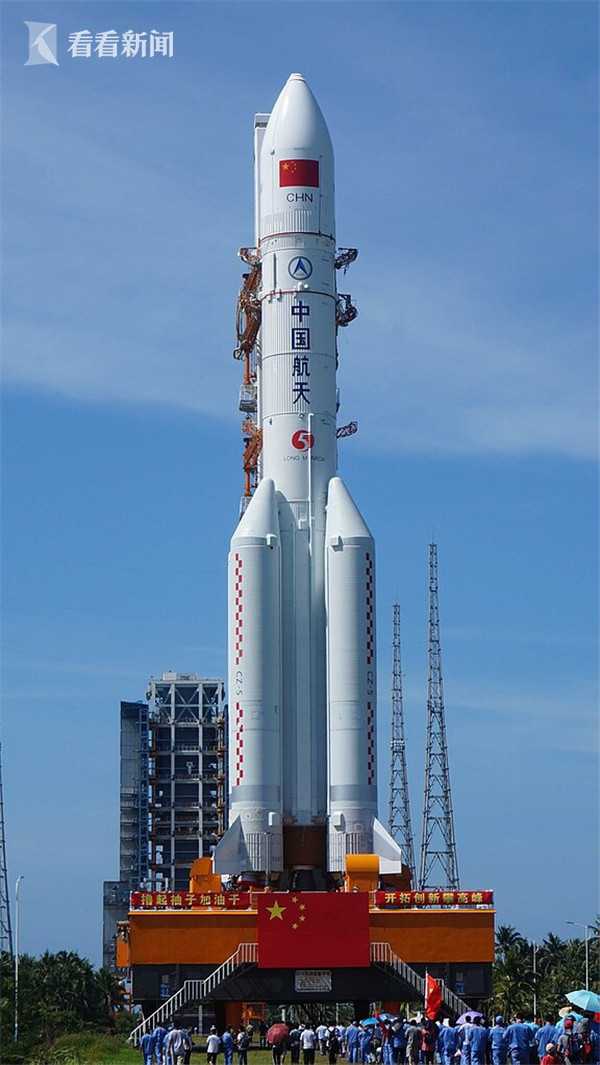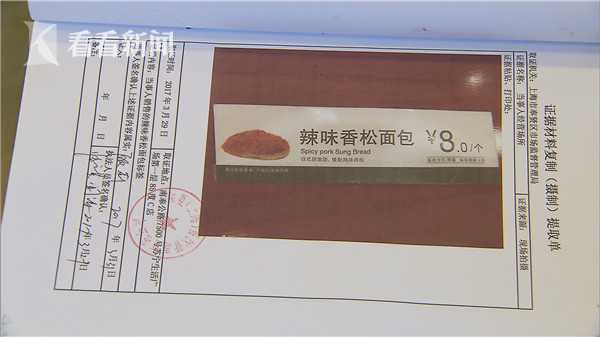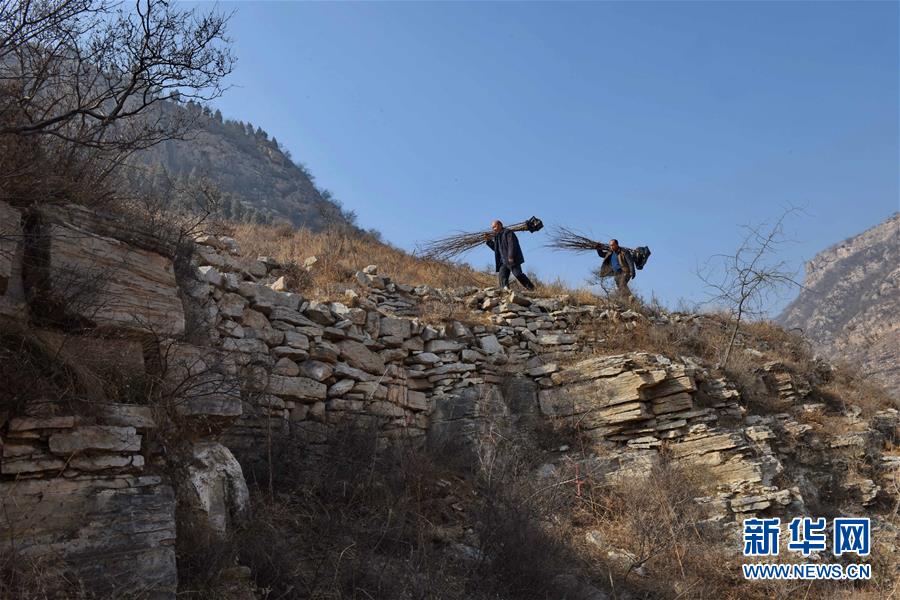
1. The failure of the oil-gas separator will cause the engine to burn oil. If the oil-gas separator fails, the oil-gas cannot be completely separated, which will cause the oil-gas to re-enter the engine to burn, increasing the fuel consumption of the engine. The oil-gas separator belongs to the forced ventilation system of the crankcase.
2. The failure of the oil-gas separator will cause the engine to burn oil. If the oil-gas separator fails, it will cause the oil and steam to be completely separated, whichThe sample will cause the oil steam to re-enter the engine and burn, which will increase the oil consumption of the engine.
3. Damage to the oil-gas separator will cause oil to burn. The function of the oil-gas separator is to separate the oil discharged from the crankcase and reduce the oil discharge from the crankcase breathing port to the engine. When the oil-gas separator works normally, it only absorbs exhaust gas without oil. If there is a problem with the oil-gas separator, it will lose the oil-gas separation function and inhale oil.
The failure of the oil-gas separator will cause the engine to burn oil. If the oil-gas separator fails, the oil-gas cannot be completely separated, which will cause the oil-gas to re-enter the engine combustion and increase the fuel consumption of the engine. The oil-gas separator belongs to the forced ventilation system of the crankcase.
If the oil-gas separator is broken, it will cause oil to burn. The function of the oil-gas separator is to separate the oil in the crankcase to discharge the gas and reduce the oil discharged from the crankcase breathing port to the outside of the engine. When the oil-gas separator is working normally, it only absorbs exhaust gas but not oil.
The failure of the oil-gas separator will affect the combustion of the oil.If the oil-gas separator fails, it will affect the inability of the oil vapor to be completely separated, thus affecting the oil vapor entering the engine combustion, which in turn affects the oil consumption. The oil-gas separator is a crankcase forced ventilation system.
The damage of the oil-gas separator will cause oil to burn. The function of the oil-gas separator is to separate the oil discharged from the crankcase and reduce the oil discharge from the crankcase breathing port to the engine. When the oil-gas separator works normally, it only absorbs exhaust gas without oil. If there is a problem with the oil-gas separator, it will lose the oil-gas separation function and inhale oil.
1. The following is an introduction to the role of oil-gas separator: Separation of oil: Separation of oil in the gas discharged from the crankcase.The above substances can be separated in time. Extend the service life: keep the oil with good lubrication performance. It is conducive to prolonging life. Reduce the wear and corrosion of machine parts: maintain the good surface condition of each friction part.
2. The function of the oil-gas separator is to separate the oil discharged from the crankcase and reduce the oil discharged from the crankcase breathing port to the outside of the engine. As the saying goes, an oil-gas separator is an exhaust valve. Also known as pressure control valve. The oil-gas separator only absorbs the exhaust gas but not the oil when it is working normally.
3. The function of the oil-gas separator is to separate the oil from the exhaust gas of the crankcase and shorten the discharge of the oil from the crankcase air outlet to the outside of the engine. The oil-gas separator is also known as the exhaust valve, and some people also call it the pressure regulating valve. When the oil-gas separator is working normally, it only absorbs exhaust gas, not oil.
1. The function of the oil-gas separator is to separate the oil from the exhaust gas of the crankcase and reduce the discharge of the oil from the crankcase air outlet to the outside of the engine. It is generally installed on the air outlet or exhaust pipe of the engine crankcase. The function of the automobile oil-gas separator is as follows: keep the oil with good lubrication performance and extend the service life of the oil.
2. The function of the oil-gas separator is to separate the oil in the gas discharged from the crankcase and reduce the oil discharge from the crankcase breathing port to the outside of the engine. The oil-gas separator is also known as the exhaust valve. Some people also call it pressure control valve. When the oil-gas separator is working normally, it only absorbs exhaust gas but not oil.
3. The oil-gas separator is a device used to continuously separate the oil and gas from the oil pump and exclude the gas mixed in the oil.
The oil-gas separator is generally installed at the engine crankcase air outlet or exhaust pipe. The oil-gas separator is also known as the exhaust valve. Some people also call it a pressure control valve. The function of the oil-gas separator is to separate the oil in the exhaust gas of the crankcase and reduce the oil from the crankcase breathing port to the outside of the engine.
Most of the oil-gas separators are installed in the local position of the engine crankcase air outlet or exhaust pipe. Oil-gas separators are also known as exhaust valves, and some people also call them pressure regulating valves. The function of the oil-gas separator is to separate the oil from the exhaust gas of the crankcase and shorten the discharge of the oil from the crankcase air outlet to the outside of the engine.
The oil-gas separator is generally installed in the breathing port of the engine crankcase or the part of the exhaust pipe.As the name implies, the function is to separate the oil in the gas of the crankcase and reduce the discharge of oil from the crankcase breathing port to the outside of the engine. [ The function of automobile oil-gas separator] Maintain the oil with good lubrication performance and extend the service life of the oil.
The part of the engine crankcase breathing port or exhaust pipe. The Oman oil-gas separator is installed in the breathing port or exhaust pipe of the engine crankcase. Its function is to separate the oil from the crankcase exhaust gas and shorten the discharge of the oil from the crankcase exhaust port.
The position of the oil-gas separator is generally in the breathing port of the engine crankcase or the exhaust pipe. The oil-gas separator is also known as the exhaust valve, which is also called the pressure control valve. The function of the oil-gas separator is to separate the oil in the crankcase to discharge the gas and reduce the oil discharged from the crankcase breathing port to the outside of the engine.
Generally, the carbon tank solenoid valve is in this engine, and you are facing the left side of the engine or under this chassis. If you don't have the left side, then you have a simple one under the chassis. This solenoid valve does not have this separator before.
Casino Plus GCash login-APP, download it now, new users will receive a novice gift pack.
1. The failure of the oil-gas separator will cause the engine to burn oil. If the oil-gas separator fails, the oil-gas cannot be completely separated, which will cause the oil-gas to re-enter the engine to burn, increasing the fuel consumption of the engine. The oil-gas separator belongs to the forced ventilation system of the crankcase.
2. The failure of the oil-gas separator will cause the engine to burn oil. If the oil-gas separator fails, it will cause the oil and steam to be completely separated, whichThe sample will cause the oil steam to re-enter the engine and burn, which will increase the oil consumption of the engine.
3. Damage to the oil-gas separator will cause oil to burn. The function of the oil-gas separator is to separate the oil discharged from the crankcase and reduce the oil discharge from the crankcase breathing port to the engine. When the oil-gas separator works normally, it only absorbs exhaust gas without oil. If there is a problem with the oil-gas separator, it will lose the oil-gas separation function and inhale oil.
The failure of the oil-gas separator will cause the engine to burn oil. If the oil-gas separator fails, the oil-gas cannot be completely separated, which will cause the oil-gas to re-enter the engine combustion and increase the fuel consumption of the engine. The oil-gas separator belongs to the forced ventilation system of the crankcase.
If the oil-gas separator is broken, it will cause oil to burn. The function of the oil-gas separator is to separate the oil in the crankcase to discharge the gas and reduce the oil discharged from the crankcase breathing port to the outside of the engine. When the oil-gas separator is working normally, it only absorbs exhaust gas but not oil.
The failure of the oil-gas separator will affect the combustion of the oil.If the oil-gas separator fails, it will affect the inability of the oil vapor to be completely separated, thus affecting the oil vapor entering the engine combustion, which in turn affects the oil consumption. The oil-gas separator is a crankcase forced ventilation system.
The damage of the oil-gas separator will cause oil to burn. The function of the oil-gas separator is to separate the oil discharged from the crankcase and reduce the oil discharge from the crankcase breathing port to the engine. When the oil-gas separator works normally, it only absorbs exhaust gas without oil. If there is a problem with the oil-gas separator, it will lose the oil-gas separation function and inhale oil.
1. The following is an introduction to the role of oil-gas separator: Separation of oil: Separation of oil in the gas discharged from the crankcase.The above substances can be separated in time. Extend the service life: keep the oil with good lubrication performance. It is conducive to prolonging life. Reduce the wear and corrosion of machine parts: maintain the good surface condition of each friction part.
2. The function of the oil-gas separator is to separate the oil discharged from the crankcase and reduce the oil discharged from the crankcase breathing port to the outside of the engine. As the saying goes, an oil-gas separator is an exhaust valve. Also known as pressure control valve. The oil-gas separator only absorbs the exhaust gas but not the oil when it is working normally.
3. The function of the oil-gas separator is to separate the oil from the exhaust gas of the crankcase and shorten the discharge of the oil from the crankcase air outlet to the outside of the engine. The oil-gas separator is also known as the exhaust valve, and some people also call it the pressure regulating valve. When the oil-gas separator is working normally, it only absorbs exhaust gas, not oil.
1. The function of the oil-gas separator is to separate the oil from the exhaust gas of the crankcase and reduce the discharge of the oil from the crankcase air outlet to the outside of the engine. It is generally installed on the air outlet or exhaust pipe of the engine crankcase. The function of the automobile oil-gas separator is as follows: keep the oil with good lubrication performance and extend the service life of the oil.
2. The function of the oil-gas separator is to separate the oil in the gas discharged from the crankcase and reduce the oil discharge from the crankcase breathing port to the outside of the engine. The oil-gas separator is also known as the exhaust valve. Some people also call it pressure control valve. When the oil-gas separator is working normally, it only absorbs exhaust gas but not oil.
3. The oil-gas separator is a device used to continuously separate the oil and gas from the oil pump and exclude the gas mixed in the oil.
The oil-gas separator is generally installed at the engine crankcase air outlet or exhaust pipe. The oil-gas separator is also known as the exhaust valve. Some people also call it a pressure control valve. The function of the oil-gas separator is to separate the oil in the exhaust gas of the crankcase and reduce the oil from the crankcase breathing port to the outside of the engine.
Most of the oil-gas separators are installed in the local position of the engine crankcase air outlet or exhaust pipe. Oil-gas separators are also known as exhaust valves, and some people also call them pressure regulating valves. The function of the oil-gas separator is to separate the oil from the exhaust gas of the crankcase and shorten the discharge of the oil from the crankcase air outlet to the outside of the engine.
The oil-gas separator is generally installed in the breathing port of the engine crankcase or the part of the exhaust pipe.As the name implies, the function is to separate the oil in the gas of the crankcase and reduce the discharge of oil from the crankcase breathing port to the outside of the engine. [ The function of automobile oil-gas separator] Maintain the oil with good lubrication performance and extend the service life of the oil.
The part of the engine crankcase breathing port or exhaust pipe. The Oman oil-gas separator is installed in the breathing port or exhaust pipe of the engine crankcase. Its function is to separate the oil from the crankcase exhaust gas and shorten the discharge of the oil from the crankcase exhaust port.
The position of the oil-gas separator is generally in the breathing port of the engine crankcase or the exhaust pipe. The oil-gas separator is also known as the exhaust valve, which is also called the pressure control valve. The function of the oil-gas separator is to separate the oil in the crankcase to discharge the gas and reduce the oil discharged from the crankcase breathing port to the outside of the engine.
Generally, the carbon tank solenoid valve is in this engine, and you are facing the left side of the engine or under this chassis. If you don't have the left side, then you have a simple one under the chassis. This solenoid valve does not have this separator before.
 Arena Plus login
Arena Plus login
888.72MB
Check DigiPlus fair value
DigiPlus fair value
956.12MB
Check DigiPlus Philippine
DigiPlus Philippine
729.19MB
Check Hearthstone Wild Decks
Hearthstone Wild Decks
977.15MB
Check bingo plus update today Philippines
bingo plus update today Philippines
449.39MB
Check UEFA TV
UEFA TV
266.41MB
Check Casino Plus free 100
Casino Plus free 100
896.14MB
Check Hearthstone arena class win rates reddit
Hearthstone arena class win rates reddit
754.82MB
Check DigiPlus Philippine
DigiPlus Philippine
652.67MB
Check Hearthstone arena class win rates reddit
Hearthstone arena class win rates reddit
336.99MB
Check Hearthstone deck
Hearthstone deck
718.48MB
Check Bingo Plus
Bingo Plus
169.95MB
Check Casino Plus free 100
Casino Plus free 100
666.63MB
Check Casino redeem
Casino redeem
244.55MB
Check Casino Plus app
Casino Plus app
154.48MB
Check Europa League app
Europa League app
825.86MB
Check Hearthstone Wild Decks
Hearthstone Wild Decks
336.86MB
Check Bingo Plus stock
Bingo Plus stock
153.38MB
Check Hearthstone arena
Hearthstone arena
439.83MB
Check Champions League
Champions League
981.92MB
Check App to watch Champions League live free
App to watch Champions League live free
262.52MB
Check Casino Plus app
Casino Plus app
424.81MB
Check Walletinvestor digi plus
Walletinvestor digi plus
197.13MB
Check bingo plus update today
bingo plus update today
393.47MB
Check DigiPlus Philippine
DigiPlus Philippine
258.16MB
Check Hearthstone arena
Hearthstone arena
694.48MB
Check Casino redeem
Casino redeem
951.36MB
Check Hearthstone Arena class tier list 2024
Hearthstone Arena class tier list 2024
698.45MB
Check LR stock price Philippines
LR stock price Philippines
965.43MB
Check PAGCOR online casino free 100
PAGCOR online casino free 100
325.43MB
Check Hearthstone arena deck Builder
Hearthstone arena deck Builder
924.75MB
Check DigiPlus fair value
DigiPlus fair value
537.69MB
Check Bingo Plus stock
Bingo Plus stock
493.21MB
Check Arena plus APK
Arena plus APK
518.27MB
Check UEFA TV
UEFA TV
558.34MB
Check Hearthstone arena deck Builder
Hearthstone arena deck Builder
688.76MB
Check
Scan to install
Casino Plus GCash login to discover more
Netizen comments More
2285 Bingo Plus
2025-02-06 01:18 recommend
1960 PAGCOR online casino free 100
2025-02-06 00:01 recommend
1846 Casino Plus login register
2025-02-06 00:00 recommend
2235 Arena Plus login
2025-02-05 23:46 recommend
1744 100 free bonus casino no deposit GCash
2025-02-05 23:13 recommend